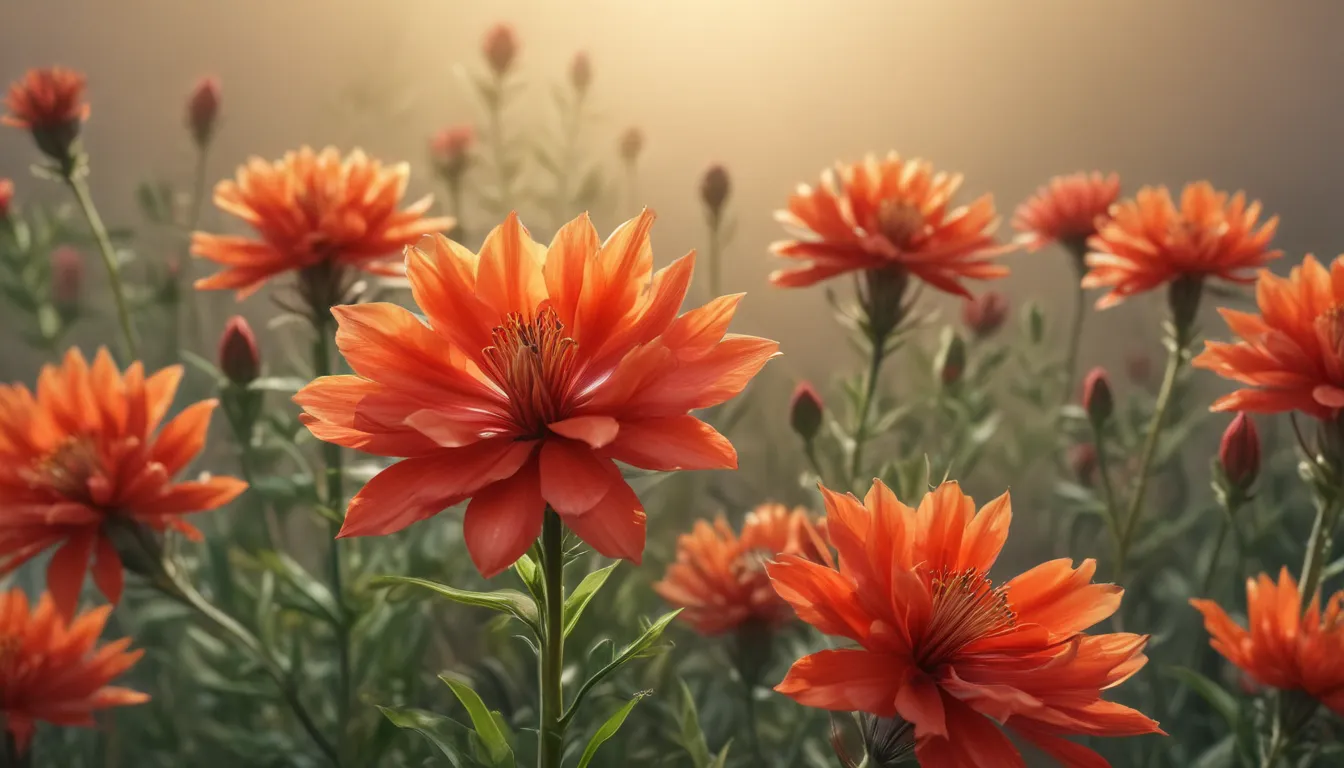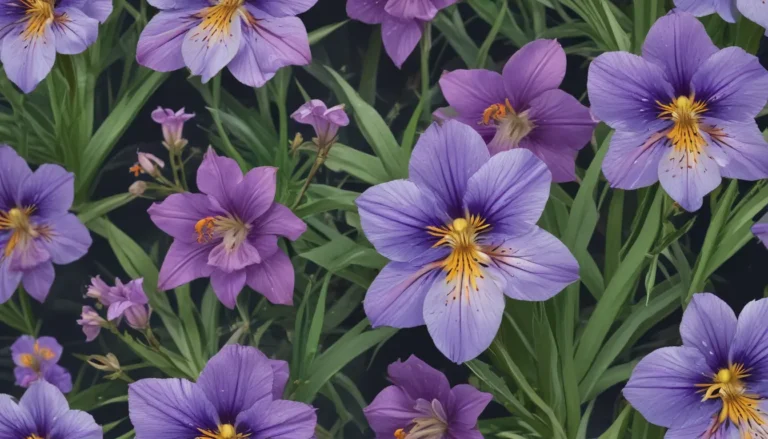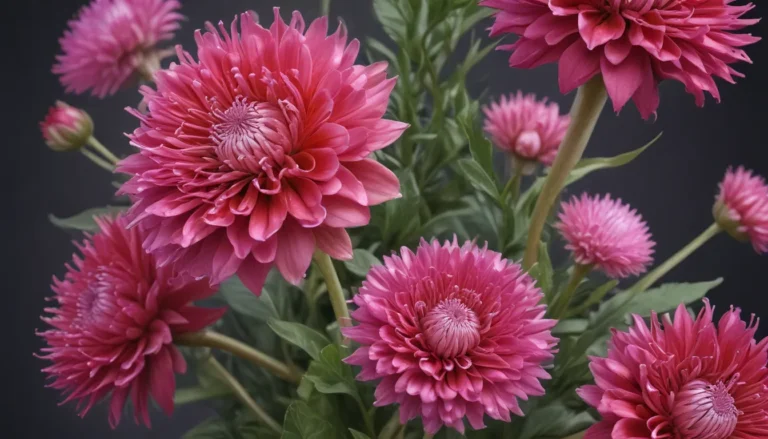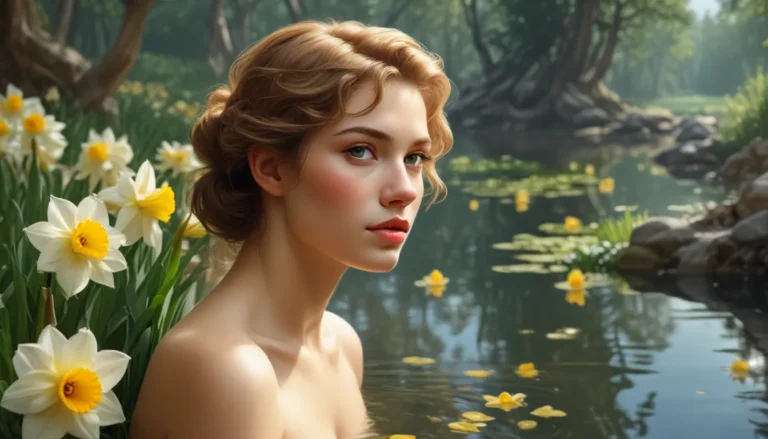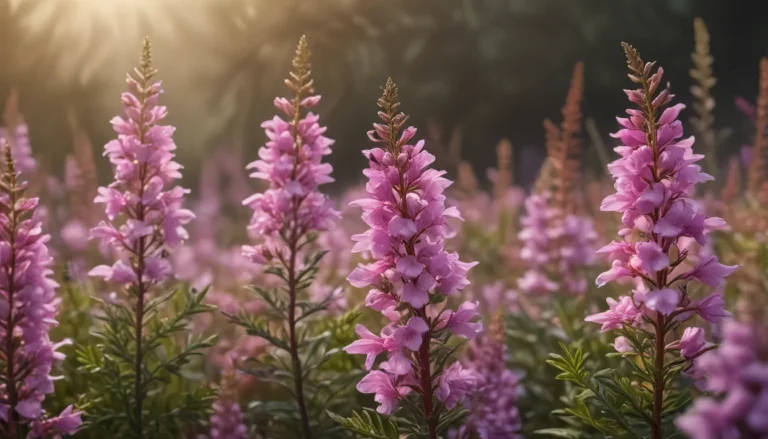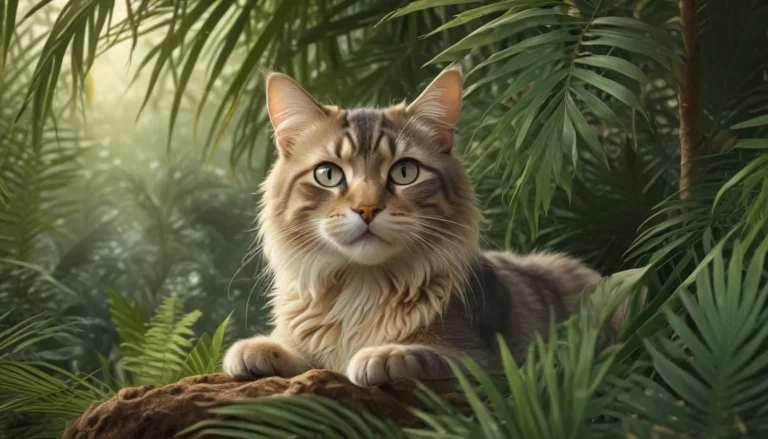The pictures we use in our articles might not show exactly what the words say. We choose these pictures to make you interested in reading more. The pictures work together with the words but don’t take their place. The words still tell you the important facts.
The Indian paintbrush flower, also known as Castilleja, is a captivating and vibrant wildflower native to North America. Its striking appearance, with colorful bracts that resemble paintbrushes dipped in bright hues, makes it a sight to behold in meadows, grasslands, and mountainous regions. This unique wildflower has long been admired for its beauty and holds cultural significance among various indigenous tribes.
In this article, we will explore 19 fascinating facts about the Indian paintbrush flower, shedding light on its biology, symbolism, and ecological importance. From its vibrant varieties to its cultural significance, there's much to discover about this enchanting wildflower.
Key Takeaways:
- The Indian paintbrush flower is a vibrant and captivating wildflower that attaches its roots to nearby host plants and plays a crucial role in supporting pollinators and wildlife.
- This unique wildflower, with its striking appearance and diverse species, is not just a single flower but a cluster of tiny flowers nestled within colorful bracts, and it thrives in diverse habitats from alpine meadows to coastal bluffs.
The Unique World of Indian Paintbrush Flower
Indian Paintbrush is a Parasitic Plant
The Indian paintbrush is a plant like no other, being partially parasitic in nature. It attaches its roots to the roots of nearby host plants, such as grasses, and derives nutrients from them. This unique adaptation adds to its allure and showcases its intriguing ecological role.
It Boasts a Striking Appearance
With its distinctive red, orange, or yellow bracts that resemble a paintbrush dipped in bright colors, the Indian paintbrush adds a splash of vibrant hues to its surroundings. Its beauty is not only captivating but also serves a vital purpose in attracting pollinators.
A Diverse Species
The Indian paintbrush belongs to the genus Castilleja, which encompasses over 200 species, displaying a wide range of colors and variations. From the vibrant reds to the subtle pinks, each species adds its own charm to the natural landscape.
It Flourishes in Diverse Habitats
From alpine meadows to coastal bluffs, the Indian paintbrush thrives in various habitats, including grasslands, forests, and mountain slopes. Its adaptability to diverse environments showcases its resilience and versatility as a wildflower.
Important Role in Ecosystems
The Indian paintbrush plays a crucial role in supporting pollinators and wildlife by providing nectar for hummingbirds, bees, and butterflies. Its presence in ecosystems adds to the richness and diversity of plant and animal life in its surroundings.
Delving into the Cultural and Ecological Significance
Traditional Medicinal Uses
Several Native American tribes utilized the Indian paintbrush for medicinal purposes, employing it to treat various ailments such as rheumatism and sore throats. The plant's healing properties have been valued for generations and continue to hold significance in traditional medicine practices.
State Flower of Wyoming
The Indian paintbrush holds the esteemed title of the state flower of Wyoming, where it flourishes in the state's diverse landscapes. Its recognition as a state symbol highlights its cultural importance and connection to the region.
Symbolism in Native American Culture
In Native American folklore, the Indian paintbrush is often associated with legends and stories, symbolizing themes of transformation and spiritual growth. Its significance in indigenous cultures adds depth and meaning to its presence in the natural world.
It Thrives in Harsh Environments
The Indian paintbrush has adapted to survive in challenging environments, such as high altitudes and nutrient-deficient soils. Its resilience in the face of adversity showcases its ability to thrive where other plants struggle.
Unraveling the Mysteries of Indian Paintbrush Flower
Attracts Pollinators
The vibrant hues of the Indian paintbrush attract pollinators, playing a vital role in the reproductive cycle of numerous plant species. Its role in supporting pollinators ensures the continuation of plant diversity and ecosystem health.
Unique Reproduction Method
This wildflower utilizes a specialized method of reproduction known as cleistogamy, wherein it produces self-pollinating flowers in addition to the showy, open blooms. This adaptation allows it to reproduce efficiently and ensure its survival in various habitats.
Varied Color Palette
While the red and orange hues are the most common, the Indian paintbrush also displays yellow, pink, and purple shades, adding to its visual allure. The diverse color palette of the Indian paintbrush enhances its beauty and makes it a captivating subject for observers.
It’s Not Just One Flower
Contrary to its name, the Indian paintbrush is not a single flower but rather a cluster of tiny flowers nestled within colorful bracts. This unique structure adds complexity and interest to the appearance of the wildflower.
Adaptation to Fire
Some species of Indian paintbrush have evolved to thrive in fire-prone ecosystems, with their seeds germinating readily after wildfires. This adaptation to fire showcases the resilience and survival strategies of the wildflower in challenging environments.
Edible Parts
Certain Native American tribes consumed the sweet nectar of the Indian paintbrush flowers as a delicacy, while the young shoots were occasionally used in salads. The plant's nutritional value and culinary uses highlight its versatility and cultural significance.
Embracing the Ecological Harmony
Geographic Distribution
The Indian paintbrush is found across diverse regions, from the western United States to Canada and parts of Central and South America. Its widespread distribution showcases its adaptability and ability to thrive in a variety of landscapes.
It’s a Hemiparasite
As a hemiparasitic plant, the Indian paintbrush obtains some nutrients from its host plants while also photosynthesizing on its own. This unique ecological role adds depth to its interaction with other plant species in its environment.
A Favorite Among Photographers
The striking and vibrant appearance of the Indian paintbrush makes it a popular subject for photographers, capturing its beauty in various natural settings. Its photogenic qualities attract artists and nature enthusiasts alike, showcasing its visual appeal.
Conservation Concerns
Despite its widespread presence, some species of Indian paintbrush are facing conservation challenges due to habitat loss and climate change. The protection of these wildflowers is crucial to preserving their diversity and ecological importance in the natural world.
The Indian paintbrush flower enthralls with its vibrant colors and unique adaptations, embodying the rich ecological tapestry of the regions it inhabits. From its role as a symbol in Native American folklore to its importance in sustaining diverse ecosystems, this remarkable wildflower continues to enchant and inspire all who encounter its vivid beauty.
In conclusion, the Indian paintbrush flower, with its vibrant hues and unique ecological significance, stands as a captivating symbol of nature's beauty. Its remarkable adaptations and diverse uses make it a fascinating subject for botanical enthusiasts and nature lovers alike. By understanding the various facets of this remarkable plant, we gain a deeper appreciation for the intricate web of life in which it thrives. Whether admired for its striking appearance or valued for its ecological contributions, the Indian paintbrush flower continues to inspire awe and wonder in the hearts of all who encounter it.
FAQs
Frequently Asked Questions
-
What are the traditional uses of Indian paintbrush flowers?
Indian paintbrush flowers have been historically used by various Indigenous tribes for medicinal, nutritional, and ceremonial purposes. The plant's roots were utilized for treating a range of ailments, while its vibrant blooms were incorporated into traditional ceremonies and rituals. -
Are Indian paintbrush flowers difficult to cultivate in home gardens?
Cultivating Indian paintbrush flowers in home gardens can be challenging due to their specific soil and environmental requirements. These plants often form symbiotic relationships with certain fungi, making them challenging to transplant. As such, it is advisable to research and understand their unique growing conditions before attempting to cultivate them.
Our commitment to delivering trustworthy and engaging content is at the heart of what we do. Each fact on our site is contributed by real users like you, bringing a wealth of diverse insights and information. To ensure the highest standards of accuracy and reliability, our dedicated editors meticulously review each submission. This process guarantees that the facts we share are not only fascinating but also credible. Trust in our commitment to quality and authenticity as you explore and learn with us.
